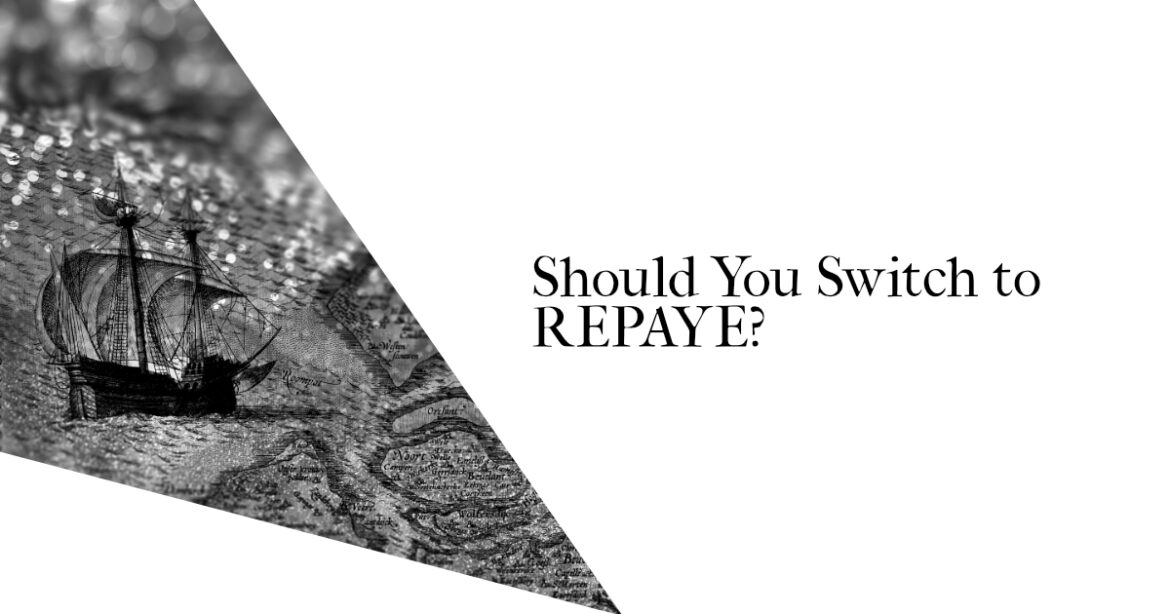Should You Switch to REPAYE?

I have received several questions from readers regarding a switch from either IBR or PAYE to REPAYE. While there are benefits to REPAYE, it does not always make financial sense to switch from one plan to another, and deciding to make a switch requires an analysis of your own personal situation.
Most dentists who I speak to who are interested in switching from either IBR or PAYE to REPAYE are interested in making the change because they have heard about the interest subsidy offered to borrowers under REPAYE.
Under REPAYE, a borrower’s monthly payment is calculated to be 10% of her family’s discretionary income. If applicable, the outstanding balance is forgiven as taxable income after 25 years of repayment which is 5 more years than PAYE.
The extra 5 years of repayment under REPAYE can be costly for a dentist, as he or she should be entering peek earning years after 20 years of practice. For most dentists, the last 5 years of repayment will likely be devoid of an interest subsidy.
The interest subsidy available under REPAYE is a program where the federal government partially subsidizes graduate student loans by paying 50% of any unpaid interest that accrues on a borrower’s student loans if her monthly payment does not cover the interest that accrues. For example, if a borrower has a student loan balance of $350,000 with an average interest rate of 7%, the borrower’s loans accumulate $24,500 worth of interest per year or $2,041 per month. If this borrower’s monthly payment as calculated under REPAYE is less than $2,041, she will receive an interest subsidy. If the borrower’s monthly payment is equal to or exceeds $2041, she will not receive a subsidy and would likely benefit from enrolling in PAYE if she qualifies and if there is no outstanding interest to be capitalized on the loan(s).
In this particular example, if the borrower is married, with no children, her family income in 2018 would need to equal or exceed $269,610 to lose the benefit of the interest subsidy.
The image below depicts the federal poverty levels used to make the calculation above.

